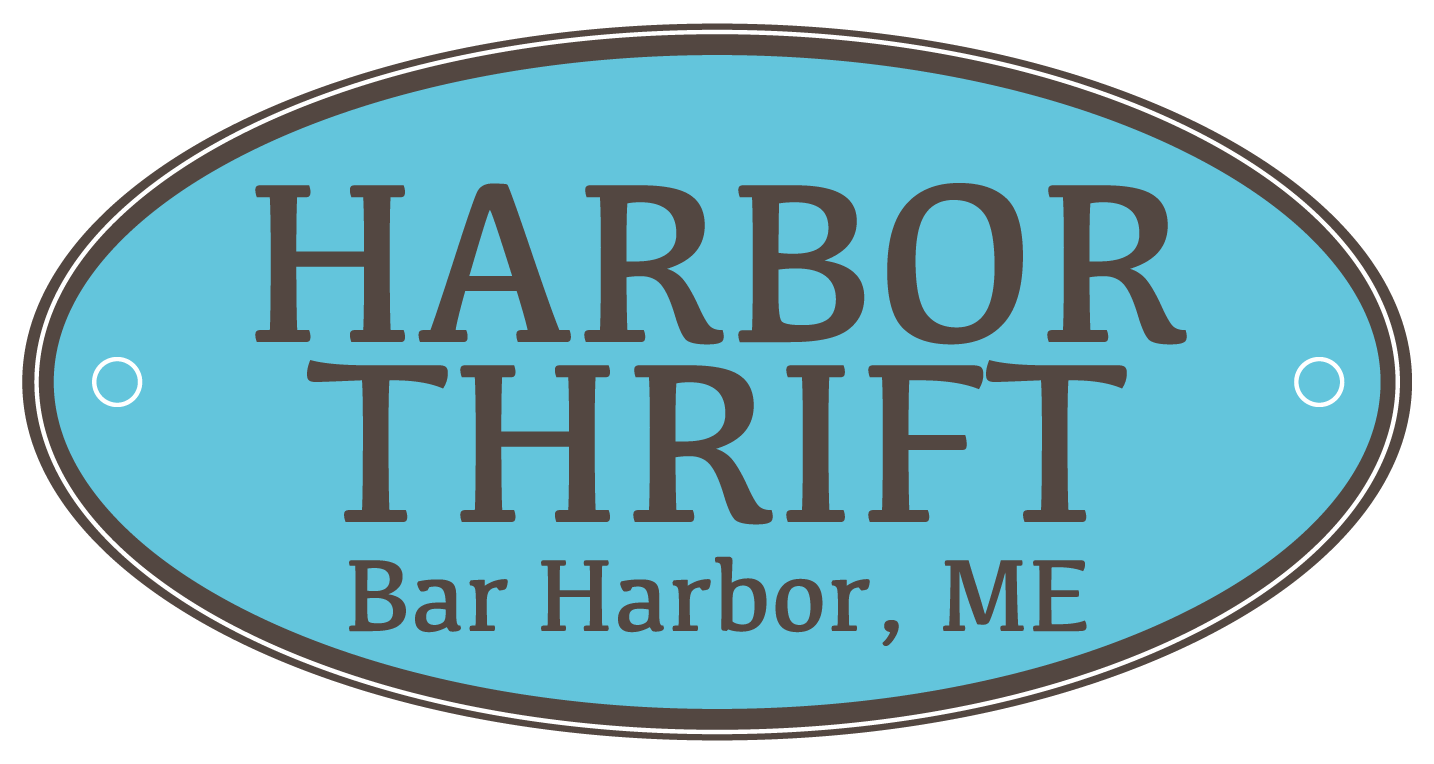Generally, a cellular relationships application’s (hereafter, relationship app) first function is always to support users within search locate somebody/s (Albury, et al. Pass 2017 , 1). We utilize the phrase ‘partner’ broadly here, as this you will definitely period many techniques from a-one-go out intimate encounter in order to an extended-title partnership. Not all software are designed for the same purpose, not all the pages use them in the same way, and not all the profiles utilize them in how the newest software was created. Certain pages use programs designed to get a hold of quick-title connections to see a lot of time-term lovers, particular pages carry out the inverse, and lots of users look after additional users on a given software seeking something different (explained of the particular users inside investigation as the a good ‘hook-upwards profile’ and you will a good ‘matchmaking profile’).
Matchmaking apps were the topic of far media approbation, attending to mostly to their possible impact on users’ welfare, emotional, sexual, and you can otherwise (Albury et al. Admission 2020 ). this is rooted in an expectation you to programs show a ‘sudden, dramatic’ move regarding scientific space, and are usually ‘an immediate that-ways cause for (constantly bad otherwise worrisome) personal transformations’ (Duguay, Burgess, and you may White Solution 2017 , 213). Although not, the emergence off applications was neither sudden nor remarkable: computer-mainly based matchmaking has been in existence since Hinduizm Dating 1960s, and online online dating sites since 1990’s. In particular, there clearly was a lengthy traditions of queer anybody interested in partners on the internet (Miles Violation 2018 ). 8 mil users (Shadel Pass 2018 ). Continue reading “A very seismic latest shift has been doing regards to the ubiquity and you may acceptability from relationship programs”
